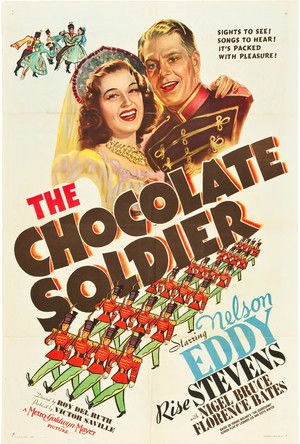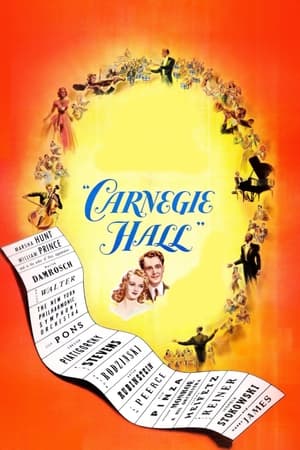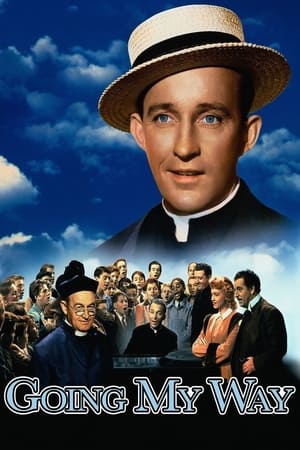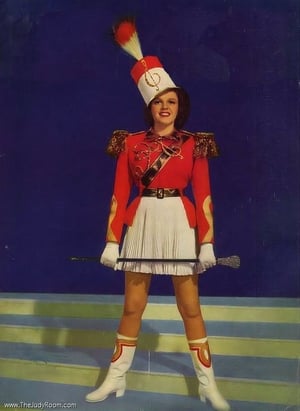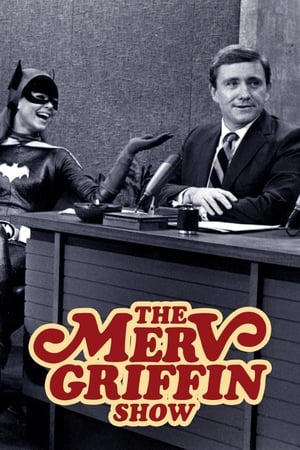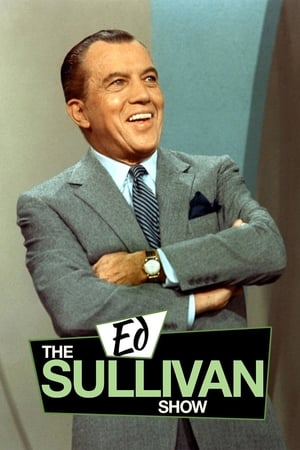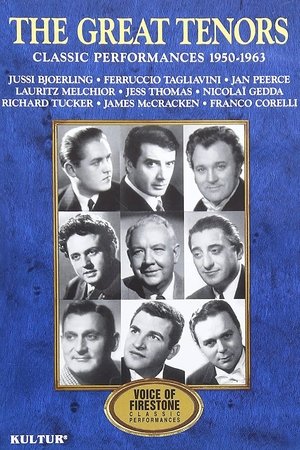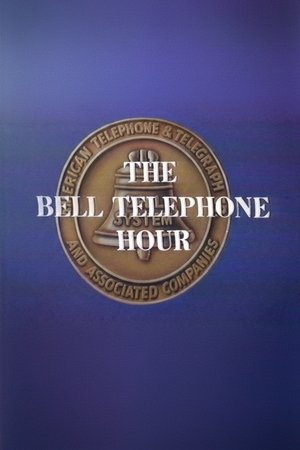Biography
Risë Stevens was an American operatic mezzo-soprano. Beginning in 1938, she sang for the Metropolitan Opera in New York City for more than two decades during the 1940s and 1950s. She was most noted for her portrayals of the central character in Carmen by Georges Bizet. Born Risë Gus Steenberg, was of Norwegian descent. She studied at New York's Juilliard School for three years, and with Anna Eugenie Schoen-René. She went to Vienna, where she was trained by Marie Gutheil-Schoder and Herbert Graf. She made her début as Mignon in Prague in 1936 and stayed there until 1938, also singing in guest appearances at the Vienna State Opera.
She was engaged as a member of the Vienna State Opera ensemble at the Teatro Colón and was invited to the Glyndebourne Festival in 1939. In 1938, she made her début with the Metropolitan Opera on tour in Philadelphia. Three weeks later , she sang at the Metropolitan Opera in New York City. The film industry in Hollywood produced several films for her, including The Chocolate Soldie, and Going My Way with Bing Crosby.
Other roles included Fricka in Wagner's The Ring of the Nibelung, Marfa in Mussorgsky's Khovanshchina, Giulietta in The Tales of Hoffmann, and Prince Orlovsky in Die Fledermaus. Her acclaimed RCA Victor recording of the complete opera Carmen, conducted by Fritz Reiner and co-starring Jan Peerce, Robert Merrill and Licia Albanese remains a best-seller and has been continuously available since its original 1951 release. She also appeared in Paris, London, and the London Palladium. Her farewell performance at the Metropolitan was as Carmen, in 1961.
She toured the U.S. annually for several decades singing recitals. In 1962, she recorded the voice of Glinda for Journey Back to Oz, but the production ran out of money and was halted for more than four years. It was only after the Filmation studio had made profits on their numerous television series that they were able to finish the project (which was copyrighted 1971, released in 1972 in the United Kingdom and in 1974 in the United States). After her retirement from the opera stage, Stevens served as General Manager of the Metropolitan Opera National Company until 1966 and later coached the new generation of singers at the Met. Stevens made occasional television appearances too, including a guest-starring role on NBC's The Martha Raye Show.
Stevens was awarded the University of Pennsylvania Glee Club Award of Merit, which was established in 1964, and is sought "to bring a declaration of appreciation to an individual each year that has made a significant contribution to the world of music and helped to create a climate in which our talents may find valid expression". She was a Kennedy Center Honoree in 1990. She has been the subject of two biographies, Kyle Crichton Subway to the Met and John Pennino 1999 Rise Stevens: A Life in Music.


